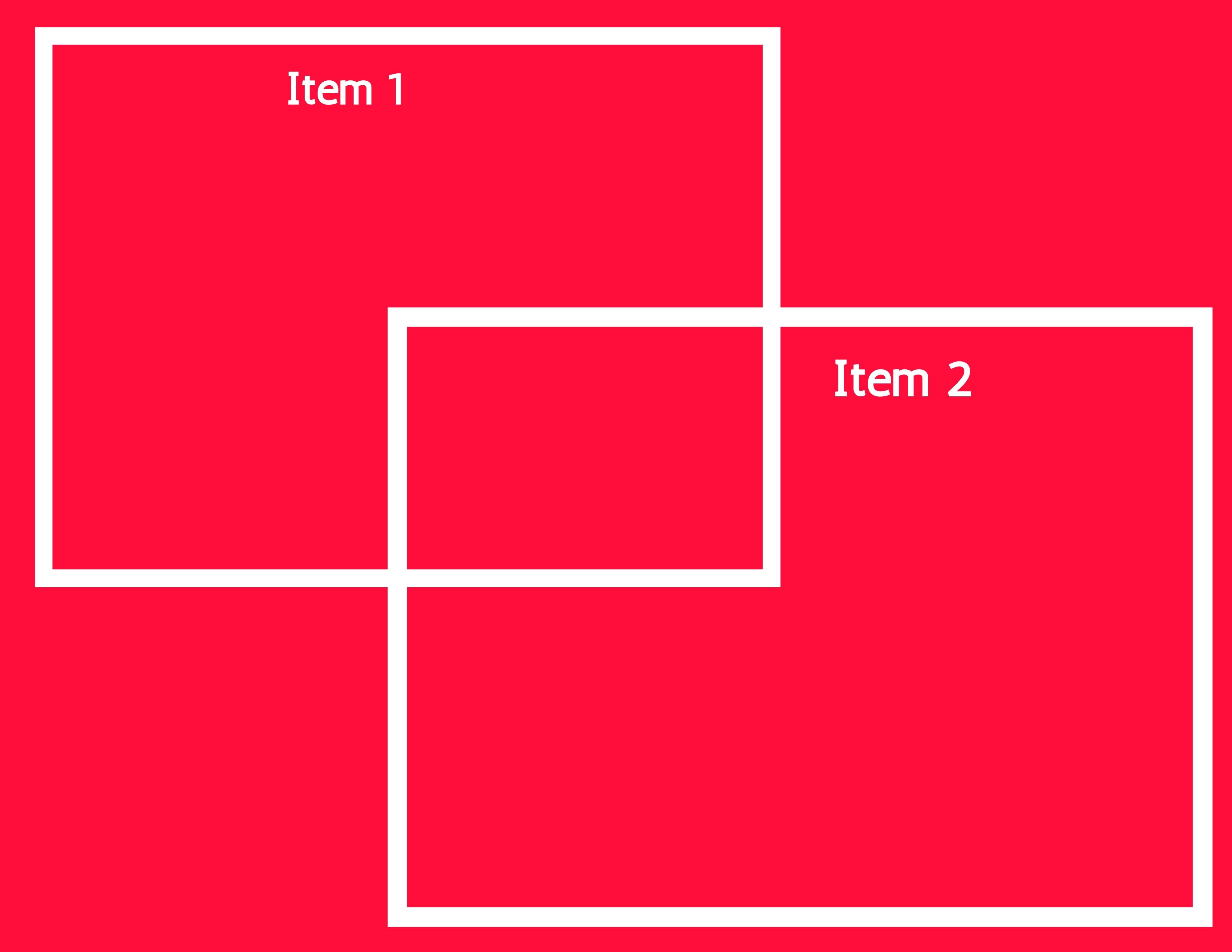Today, I want to discuss one of my favorite language functions- compare and contrast and its use in an ELD curriculum. Understanding language functions and their place in both an English language development and general curriculum is key to teaching multilingual learners. Language functions are the purpose for which language is used. They are what drive standards and language objectives. For more on this topic, see my earlier post High-Yield Language Functions. Marzano’s original research found that identifying similarities and differences had the highest correlation from an instructional strategy to achievement.
The language of analyzing is connected to compare and contrast. The process of analysis is when we compare the specific parts as well as the whole. Thus, we are comparing. If in an ELD curriculum you teach the language of comparing and contrasting (and analyzing), you will be opening up doors to all the content areas, as each one uses compare and contrast in many ways. Let me explain.
Language forms of compare and contrast
As per my blog post on language forms, it’s important to break down language functions into its discourse, sentence, and word levels.
Discourse Level (Context)
The accurate use of a variety of linking words and phrases to connect and organize ideas, information, or events
Both _____ and _____ are alike because…
_____ and _____ are different because…
One thing that is the same is…
One thing that is different is…
How are _____ and _____ different?
What do _____ and _____ have in common?
One similarity/difference between [subject 1] and [subject 2] is ….
[Item 1] and [Item 2] are similar because they both….
[Item 1] and [Item 2] are rather different because while [Item 1] has _______, [Item 2] has __________.
Whereas [Item 1] is … , [Item 2] is …
[Item 1] is …. Similarly / In contrast, [Item 2] is …
Sentence Level (Grammar/Syntax)
Comparatives and superlatives
Conjunctive adverbs
Adverb clauses
Adjectives
Conjunctions
Sentence structure for metaphors or analogies
Word Level (Vocabulary)
but, however, yet, similarly whereas, in common, alike, on the other hand, as opposed to, a distinction between, share the same, compared to, In contrast, contrary, although, while
Graphic organizers for compare and contrast
Instructional Strategies
- Similes and Metaphors
- Analogies and Visual Analogies
- Polls, Bar Graphs, Glyphs
Similes and Metaphors
Similes are comparisons using the words “like” or “as” whereas metaphors are direct comparisons. Both allow students to relate previous knowledge to new knowledge. Similes are usually more literal and easier to spot. Metaphors are more abstract, but are found more often in texts, songs and the real-world. MLs benefit from direct instruction of similes and metaphors in addition to creating their own using sentence frames and graphic organizers.
Analogies and Visual Analogies
When I think about analogies, I always remember studying for college entrance exams. These analogies are comparisons, but follow a specific frame ___ is to ____ as ____ is to ____ . What is great about analogies is it takes seemingly dissimilar things and helps us see how they are actually similar. However, analogies can be too abstract for our multilingual learners. Because these are a great way to teach a concept using the compare/contrast language function, we need to scaffold the typical analogy activity. Luckily, the aforementioned Robert Marzano has an excellent strategy he calls Visual Analogies. His strategy, which I have an example of below, is perfect for our students as it make the abstract concepts a visual way to help with understanding. This then is the scaffold needed.


Polls, Bar Graphs, and Glyphs
Studying surveys and the graphic representation of data is an excellent way to bring compare and contrast into the classroom. Data is inherently all about comparing views, opinions, and results. Bar graphs and other histograms like dot plots and seed/leaf plots allow students to visualize the similarities and differences among data points. These are of course useful in math class, but could be used for social/instructional language and social studies class, too.
If you don’t know what glyphs are, they are a way of representing data, usually about the student, in a fun and arts & crafts manner. For example, I did a “Get to Know You Activity” with a name glyph. Students wrote their names in bubble letters on cardstock. They then had to follow the directions for each letter of their name. So, for the first letter of their name, they drew stripes if they were a boy and dots if they were a girl. The second letter had them use blue if they drove to school in a car, green if they rode their bike or walked, and yellow for a bus. This went on for however many letters were in their name. We then compared the name tags to learn about each other.
Coming in future blog posts:
- More instructional strategies for compare/contrast
- Compare/contrast in ELA
- Compare/contrast in Math
- Compare/contrast in Science
- Compare/contrast in Social Studies
If you need something right now to help your students write a Compare/Contrast essay or paragraph, check out this interactive Google Slides which walks students through the language needed.









Leave a Reply